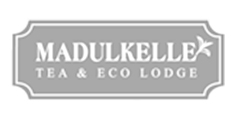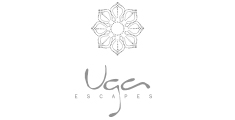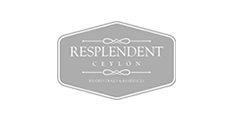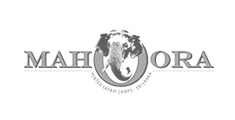Customs
Customs and rituals have been part and parcel of the Lankan society from ancient times. They have been handed down from generation to generation spaning over the 2,500 year old history of the country. Most of these customs and rituals are connected with the day to day lives of the people in the social and religious spheres. Sri Lanka’s classical architecture, sculpture and painting is predominantly Buddhist. Stupas sprinkle the countryside, and there are several extravagantly large Buddhas sculptures, notably at Aukana and Buduruvagala. Anuradhapura and Polonnaruwa have the most impressive archaelogical legacy.
People
Sri Lanka is the land of multi-ethnic groups distinctively divided by two main characteristics: language and religion which consequently intersect to create four principal ethnic groups. The first one is the largest minority group of the country-that is Sinhalese people, accounting for 74% of its total population, densely populated in the southwest of the island.
The second largest group is Tamils which is subdivided into two groups: the Ceylon Tamils or Sri Lankan Tamils and the Indian Tamils. Altogether, these two groups of Tamils account for 18% of the country’s populace. The Ceylon Tamils concentrate in the northern and eastern parts of the country while the Indian Tamils separate to settle in the south central Sri Lanka. The next group is Moors, the Arab origins, recognized as the Muslims of 7% of total population scattering around the Central Highlands. Actually, among Moors, themselves, comprises of three subdivisions: the Sri Lankan Moors, the Indian Moors, and the Malays. The fourth group is the Burghers who are the descendants of the Portuguese and the Dutch.
Religions
Sri Lanka is a country of many religions and the pattern closely follows the ethnic groupings. Buddhism is the dominant creed of the largest ethnic, the sinhales, and is followed by 70% of the population. It plays an extremely important role in the country, both spirtually and culturally. Sri Lanka’s literature, art and architecture are to a large extent a product of its Buddhist basis. About extent a product of its Bhuddhist basis. About 15% of population, mainly Tamils, is Hindu. Muslims account for about 9% and Christians abtou 7.5%. The Christian include both Sinhalese and Tamil convert.
Sri Lanka is a land of religious freedom and tolerance. Wherever you travel you will come across a Buddhist Temple or Dagaba, a Hindu Kovil, a Christian Church or a Mosque,each with its own distinctive architecture.















